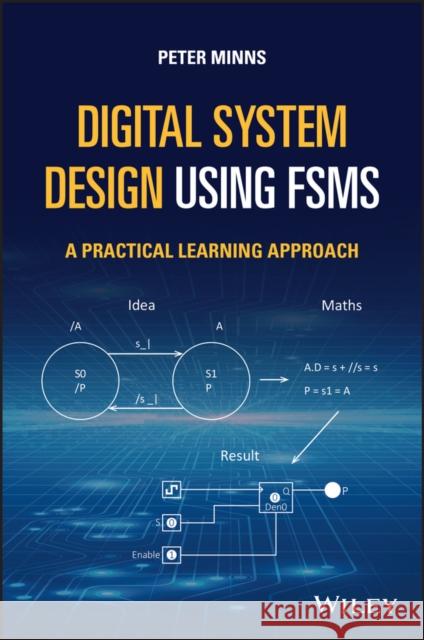Digital System Design Using Fsms: A Practical Learning Approach » książka
topmenu
Digital System Design Using Fsms: A Practical Learning Approach
ISBN-13: 9781119782704 / Angielski / Twarda / 2021 / 352 str.
Digital System Design Using Fsms: A Practical Learning Approach
ISBN-13: 9781119782704 / Angielski / Twarda / 2021 / 352 str.
cena 651,83 zł
(netto: 620,79 VAT: 5%)
Najniższa cena z 30 dni: 645,16 zł
(netto: 620,79 VAT: 5%)
Najniższa cena z 30 dni: 645,16 zł
Termin realizacji zamówienia:
ok. 30 dni roboczych
Bez gwarancji dostawy przed świętami
ok. 30 dni roboczych
Bez gwarancji dostawy przed świętami
Darmowa dostawa!
Kategorie:
Kategorie BISAC:
Wydawca:
John Wiley and Sons Ltd
Język:
Angielski
ISBN-13:
9781119782704
Rok wydania:
2021
Ilość stron:
352
Waga:
0.76 kg
Wymiary:
24.41 x 16.99 x 2.06
Oprawa:
Twarda
Wolumenów:
01
Dodatkowe informacje:
Bibliografia











